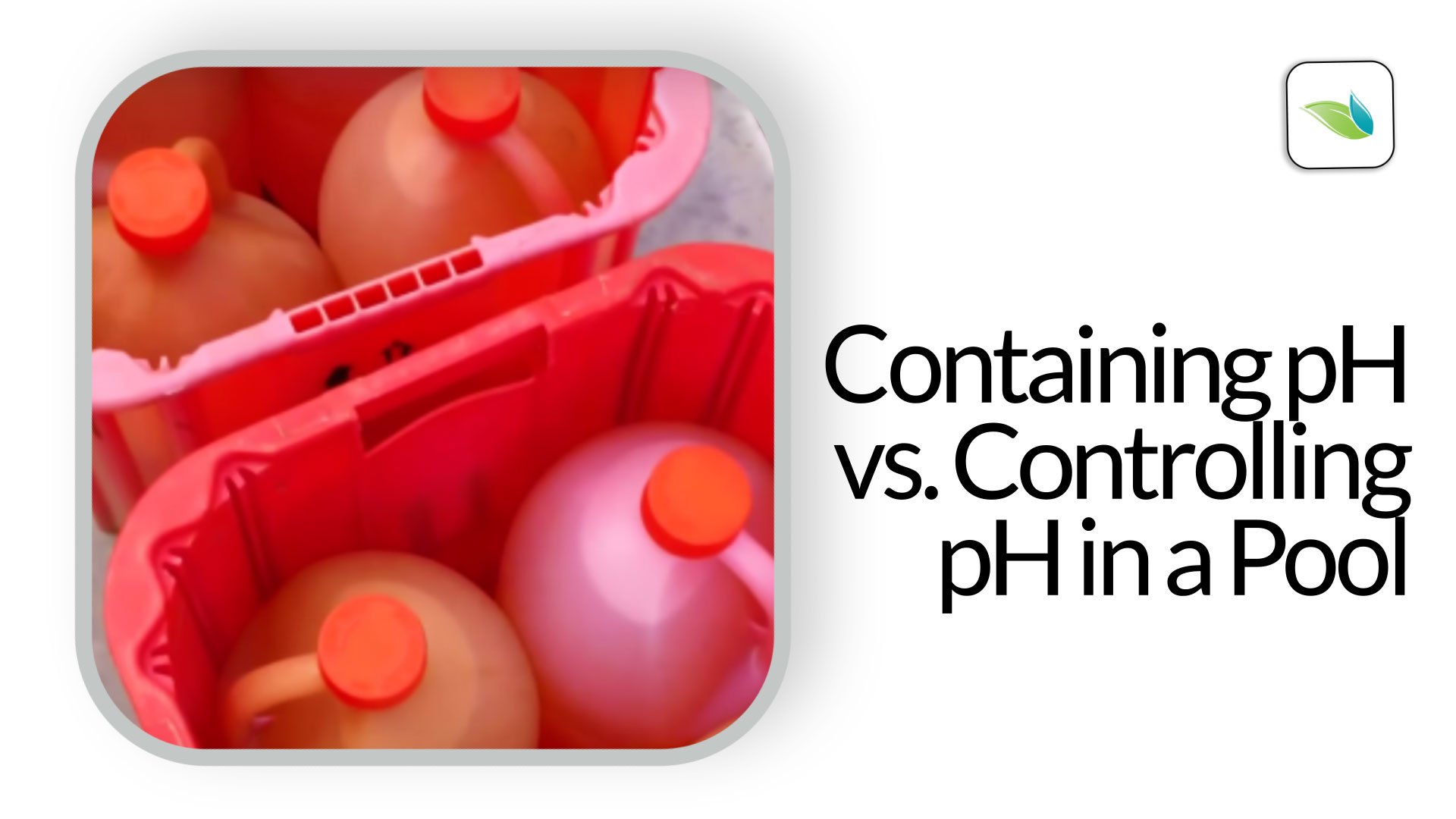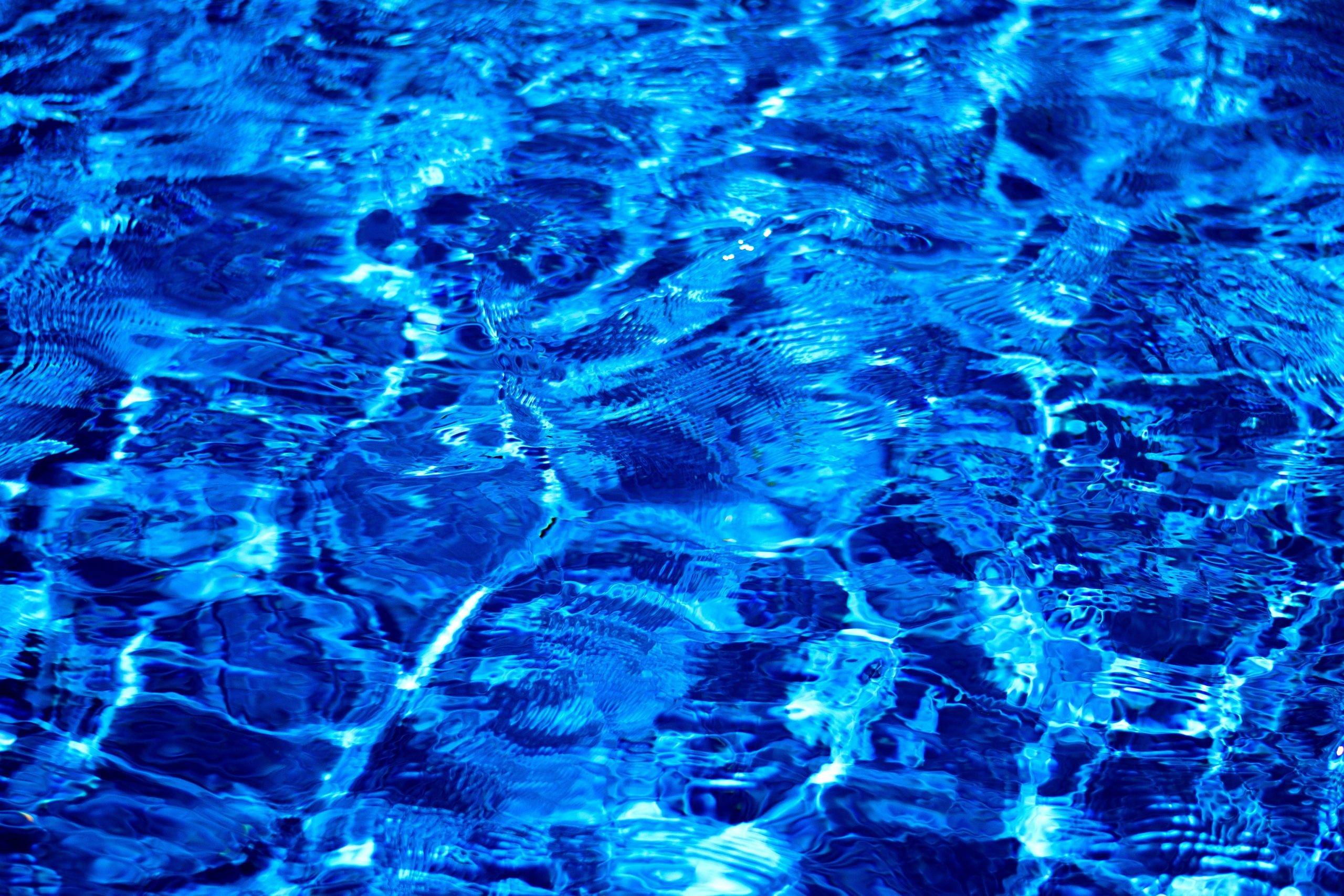TA target with PH hovering around 8.0+\-
- Thread starter Itsmejson
- Start date
You are using an out of date browser. It may not display this or other websites correctly.
You should upgrade or use an alternative browser.
You should upgrade or use an alternative browser.
- Jun 24, 2021
- 15,880
- Pool Size
- 29000
- Surface
- Vinyl
- Chlorine
- Salt Water Generator
- SWG Type
- CircuPool RJ-60 Plus
So having it at the current levels is fine as opposed to chasing numbers?Benefit? No.
- Jun 24, 2021
- 15,880
- Pool Size
- 29000
- Surface
- Vinyl
- Chlorine
- Salt Water Generator
- SWG Type
- CircuPool RJ-60 Plus
TinFoilHat
Well-known member
Lots of pools enjoy hanging at 8. By now, one year after new, yours may stick there pretty regularly. Keep testing it though to be sure.
- May 3, 2014
- 62,672
- Pool Size
- 6000
- Surface
- Fiberglass
- Chlorine
- Salt Water Generator
- SWG Type
- Pentair Intellichlor IC-40
- Jun 24, 2021
- 15,880
- Pool Size
- 29000
- Surface
- Vinyl
- Chlorine
- Salt Water Generator
- SWG Type
- CircuPool RJ-60 Plus
CSI is not tested, it is calculated.I’ve actually never tested CSI
Pool Math, upper right hand corner, enable "Track CSI" and "Track Temperature."
Enter temp when you log results, CSI will be calculated.
Understood. I’ve turned in track CSI & track temperature. My pool equipment doesn’t have a temperature gauge. Can I use any standard thermometer?CSI is not tested, it is calculated.
Pool Math, upper right hand corner, enable "Track CSI" and "Track Temperature."
Enter temp when you log results, CSI will be calculated.
- May 3, 2014
- 62,672
- Pool Size
- 6000
- Surface
- Fiberglass
- Chlorine
- Salt Water Generator
- SWG Type
- Pentair Intellichlor IC-40
You should also track salinity even if you do not have a SWG.
Get a K-1766 salt test kit.
I would suggest that if the CSI is over + 0.0, lower the pH by the amount that the CSI is positive.
For example, if the CSI is +0.3, lower the pH by 0.3.
Never lower the pH below 7.2 and do not let it go above 8.3.
Do not worry about the TA directly unless it gets down to 60 or lower.
If the CSI is between -0.3 and 0.0, do nothing.
Get a K-1766 salt test kit.
I would suggest that if the CSI is over + 0.0, lower the pH by the amount that the CSI is positive.
For example, if the CSI is +0.3, lower the pH by 0.3.
Never lower the pH below 7.2 and do not let it go above 8.3.
Do not worry about the TA directly unless it gets down to 60 or lower.
If the CSI is between -0.3 and 0.0, do nothing.
cwswifty
Well-known member
- Sep 14, 2023
- 259
- Pool Size
- 26500
- Surface
- Plaster
- Chlorine
- Salt Water Generator
- SWG Type
- Jandy Aquapure 1400

Containing pH vs. Controlling pH in a Pool
A pending acid shortage forces pool owners and operators to balance water chemistry more efficiently. Step 1: Stop chasing pH in a pool. Contain pH instead
.png) blog.orendatech.com
blog.orendatech.com
TFP is a registered 501(c)3 non-profit that is maintained by user donations.
The people who answer questions are volunteers.
If you find the site to be a good resource, please consider making a donation to help support the site.
Thanks.

 www.troublefreepool.com
www.troublefreepool.com
The people who answer questions are volunteers.
If you find the site to be a good resource, please consider making a donation to help support the site.
Thanks.

Become a TFP Supporter
Help Support TFP Trouble Free Pool is run by a dedicated group of volunteers that … Read more…
Guy559
Gold Supporter
- Apr 3, 2025
- 54
- Pool Size
- 32000
- Surface
- Plaster
- Chlorine
- Salt Water Generator
- SWG Type
- Hayward Aqua Rite (T-15)
Based on this, is it fair to say while CSI in the range of -0.6 to 0.6 is acceptable, that negative is better than the positive side? (and closer to zero is best?)You should also track salinity even if you do not have a SWG.
Get a K-1766 salt test kit.
I would suggest that if the CSI is over + 0.0, lower the pH by the amount that the CSI is positive.
For example, if the CSI is +0.3, lower the pH by 0.3.
Never lower the pH below 7.2 and do not let it go above 8.3.
Do not worry about the TA directly unless it gets down to 60 or lower.
If the CSI is between -0.3 and 0.0, do nothing.
My preference is -0.3 to + 0.3 with -0.3 to 0.0 being ideal for plaster.
For vinyl, keep it below 0.0.
For vinyl, keep it below 0.0.
Guy559
Gold Supporter
- Apr 3, 2025
- 54
- Pool Size
- 32000
- Surface
- Plaster
- Chlorine
- Salt Water Generator
- SWG Type
- Hayward Aqua Rite (T-15)
Excellent, thank you.My preference is -0.3 to + 0.3 with -0.3 to 0.0 being ideal for plaster.
For vinyl, keep it below 0.0.
To follow up on this -- why is slightly negative CSI better than slightly positive for plaster pools? I've read through a lot of the material here. Does staying/targeting slightly negative reduce chance for scaling but not so aggressive as to harm cementitious materials (i.e. plaster)?
Yes.Does staying/targeting slightly negative reduce chance for scaling but not so aggressive as to harm cementitious materials (i.e. plaster)?
It also helps avoid scale in heaters and salt cells.
The poster has a fiberglass pool.
Fiberglass pools usually have calcium requirements from the manufacturer.
Heaters sometimes also have calcium requirements as specified by the manufacturer.
Calcium is probably not very important to either, but the warranty can be affected.
Fiberglass pools usually have calcium requirements from the manufacturer.
Heaters sometimes also have calcium requirements as specified by the manufacturer.
Calcium is probably not very important to either, but the warranty can be affected.
Guy559
Gold Supporter
- Apr 3, 2025
- 54
- Pool Size
- 32000
- Surface
- Plaster
- Chlorine
- Salt Water Generator
- SWG Type
- Hayward Aqua Rite (T-15)
The point re: heaters makes sense. I remember reading elsewhere that, to some extent, some calcium deposition within heater coils helps to avoid/reduce short-term impacts from acidic environments and/or reduces amount of metals that can enter water over time.The poster has a fiberglass pool.
Fiberglass pools usually have calcium requirements from the manufacturer.
Heaters sometimes also have calcium requirements as specified by the manufacturer.
Calcium is probably not very important to either, but the warranty can be affected.
Similar threads
- Replies
- 8
- Views
- 125
- Replies
- 5
- Views
- 128
- Replies
- 37
- Views
- 477
- Replies
- 11
- Views
- 192


